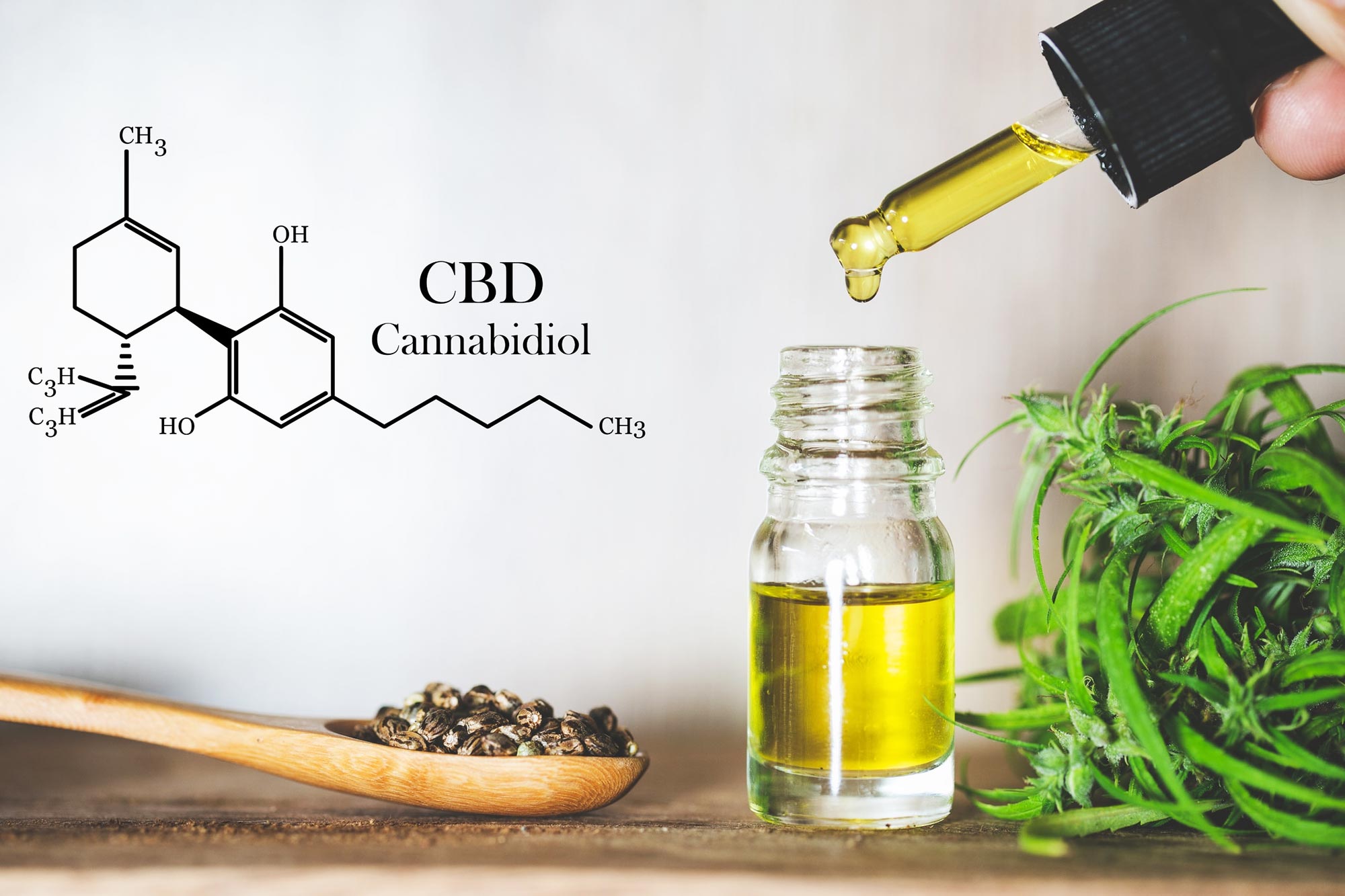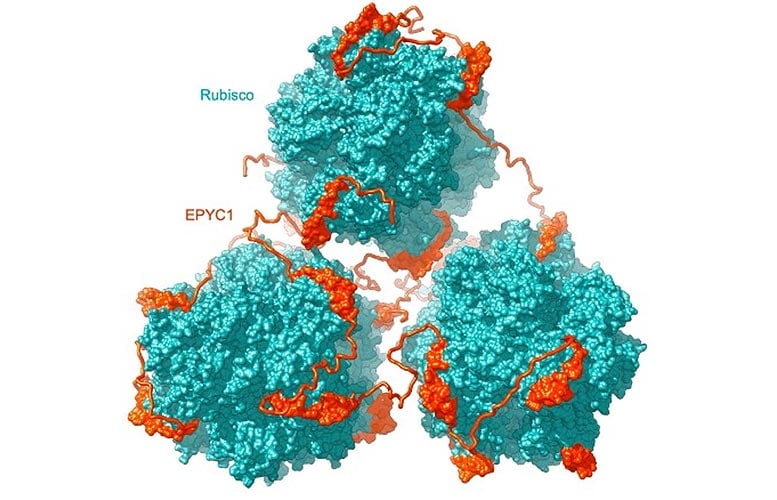This could be used in the treatment of skin diseases such as neurodermatitis and epidermolysis bullosa, as well as in the fields of cosmetics and nutrition.
Nowadays, Cannabidiol Due to its antioxidant properties and therapeutic potential, it is a key component not only in the world of cosmetics, but also in pharmacy and nutrition. It’s a natural molecule that comes from medicinal cannabis and, despite its derivative, is not a psychoactive compound, meaning it has no effect on the nervous system.
Despite successful sales, we still don’t know how cannabidiol works on different skin cells to release its antioxidants. A collaboration with the University of Cordoba and the University of Dundee has shown for the first time that cannabidiol induces the expression of heme oxygenase 1, an enzyme with antioxidant and anti-inflammatory properties, in the main cells on the top layer of skin. Called keratinocytes. It does this by reducing or silencing the protein that it suppresses, known as BACH1.

Immunology professor Eduardo Muñoz. Photo credit: Universidad de Córdoba
“After describing the entire working mechanism, we continued our partnership and made changes to the cannabidiol molecule to improve its properties for fighting skin diseases,” explains Eduardo Muñoz, Professor of Immunology, who is responsible for the BIO. 304 Research Group “Immunopharmacology and Molecular Virology” at the University of Cordoba.
The international research team therefore designed new molecules that, in addition to inhibiting the BACH1 protein, also activate the NRF2 protein. This protein controls the way certain genes are expressed. These specific genes protect cells from oxidative stress such as HMOX1, which codes for heme oxygenase 1, but also many others that work independently of BACH1.
The newly developed molecules, which are derived from cannabidiol, have a double antioxidant activity: on the one hand, they suppress BACH1 and thus induce the expression of heme oxygenase 1 and, on the other hand, they activate NRF2, which also induces the expression of heme oxygenase 1 in addition to other antioxidant genes . “When the inhibition of BACH1 is combined with the activation of NRF2, there is a very strong antioxidant and anti-inflammatory response as well as better therapeutic effects,” says Eduardo Muñoz.
This mechanism of action is very interesting for the treatment of skin diseases such as neurodermatitis and epidermolysis bullosa, a very rare disease about which little research is done. In addition, due to its antioxidant properties, this molecule has great potential for use in cosmetics.
In addition to the University of Dundee in Scotland and the University of Cordoba, the companies Emerald Health Biotechnology specialize in the development of new medicine and Innohealth Madrid (taken over from Evonik Industries AG) specialize in dermo-cosmetics made from natural ingredients have also participated in this research . Both companies were formed from the BIO-304 research group at the University of Cordoba.
Based on these studies, the research team will further modify the molecules to improve their properties, and later conduct studies on animal models to understand the therapeutic potential for skin diseases and other inflammatory diseases.
References:
“Isomeric O-methyl cannabidiolquinones with double BACH1 / NRF2 activity” by Laura Casares, Juan Diego Unciti-Broceta, Maria Eugenia Prados, Diego Caprioglio, Daiana Mattoteia, Maureen Higgins, Giovanni Apendino, Albena T. Dinkova-Kostova, Eduardo Muñoz and Laureanode la Vega, August 22, 2020, Redox biology.
DOI: 10.1016 / j.redox.2020.101689
“Cannabidiol induces antioxidant pathways in keratinocytes by targeting BACH1” by Laura Casares, Víctor García, Martín Garrido-Rodríguez, Estrella Millán, Juan A. Collado, Adela García-Martín, Jon Peñarando, Marco A. Calzado, Laureano de la Vega and Eduardo Muñoz, September 5, 2019, Redox biology.
DOI: 10.1016 / j.redox.2019.101321



